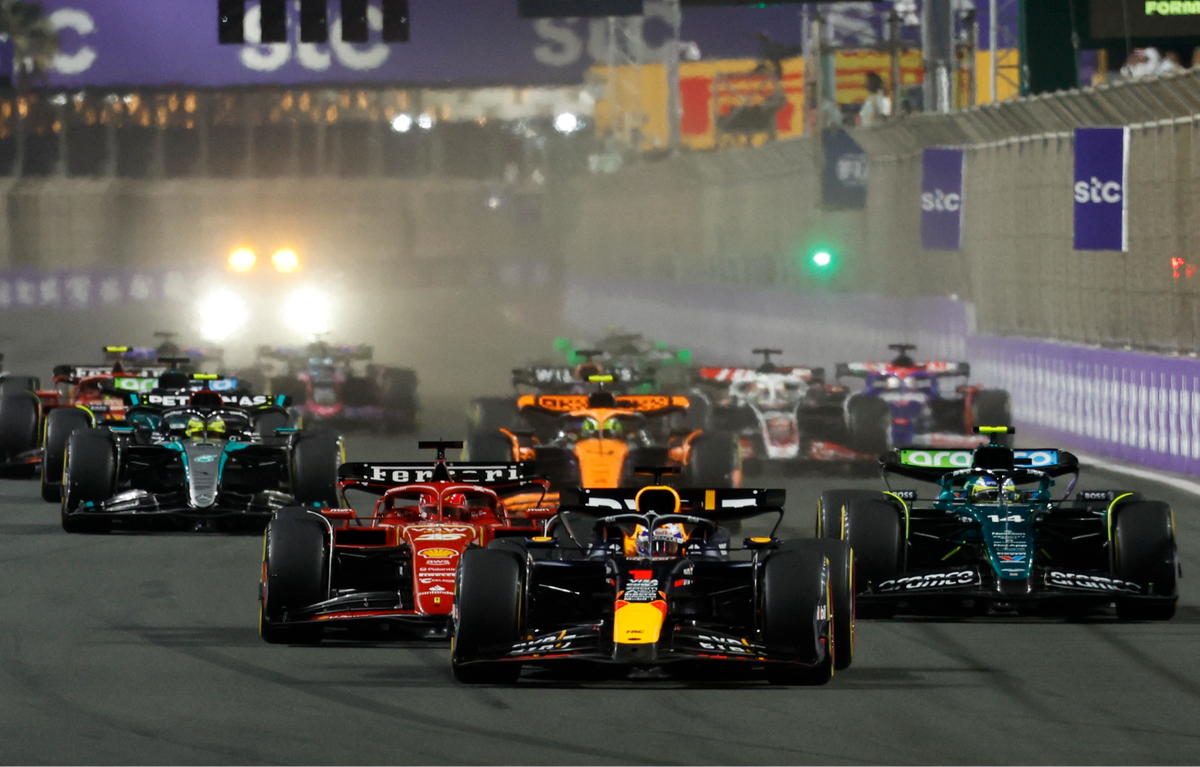Smaller cars, 50/50 power and harder overtaking: Even Adrian Newey may struggle with F1's regulations for 2026

Should Adrian Newey, as expected, make the switch to Ferrari, he will have his work cut out getting his head around the new regulations for 2026.
While they have yet to be finalised, the first draft of the planned chassis overhaul is set to be put forward next month.
What has been known for some time concerns the engine rules, the changes enough to lure major manufacturers Audi (the F1 first-timers taking over Sauber) and Ford (back on the grid and going into partnership with Red Bull).
The V6 turbo-hybrid engine remains, but with significant changes. The MGU-H, which converts wasted heat to electrical energy, has been scrapped, the reasoning being that it does not correlate to road cars.
Many of the changes have that in mind, as well as luring big car manufacturers on board. It has succeeded, in the sense that the highest number of manufacturers will be seen on the grid since 2008.
The other focal point is driving towards the carbon-neutral goal of 2030. There is more sustainable fuel — the aim is for it to be 100 per cent sustainable — and engines that will enjoy a 50-50 split between fuelled and electrical power.
But there remains uncertainty over the power units.
There is talk of DRS (drag recovery system) continuing in some form — a possible manual overdrive to give drivers more speed when overtaking. Critics have suggested overtaking will become even harder, the potential overdrive a partial solution should such an issue rear its ugly head.
As for the chassis, the aim is to make the cars up to 50kg lighter, with wheelbases expected to be trimmed by 200millimetres to 3.4metres. They will be reduced in width, from 2m to 1.9m.
There will also be a moveable aerodynamic part in order to help reduce drag on straights and thereby encourage overtaking.

 Yahoo News
Yahoo News 
